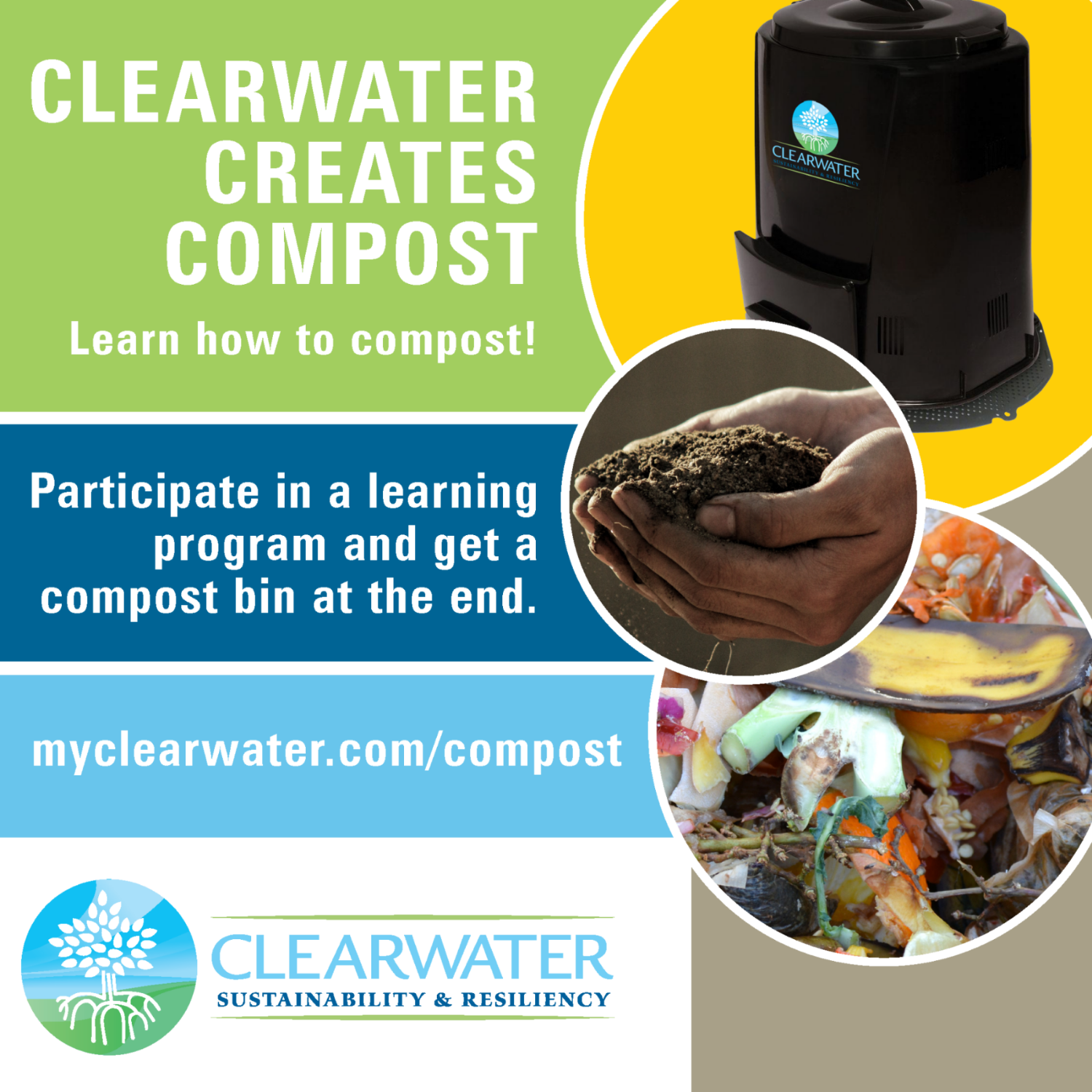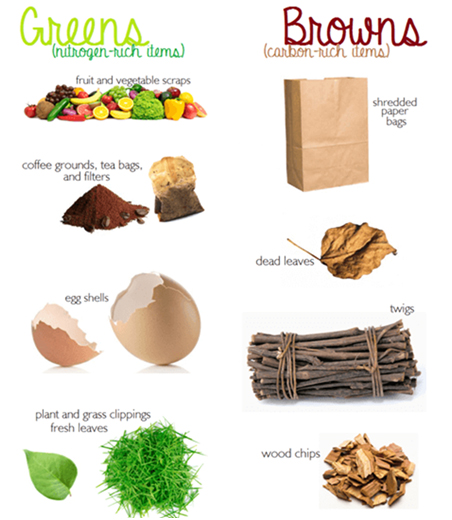Composting is a natural process in which organic matter is broken down by microorganisms in the presence of oxygen. The material undergoes both a chemical and biological transformation, and the result is rich, dark and crumbly soil known as compost. Compost contains a much higher concentration of beneficial microbes than ordinary soil.
Benefits of Composting
Food scraps and yard waste together currently make up more than 28 percent of what we throw away. These materials are known as organic waste, and they release methane when placed within the oxygen-free conditions of a landfill. Methane is an incredibly potent greenhouse gas. In 2018, methane produced roughly 9.5 percent of all human-made greenhouse gas emissions in the United States. While that percentage is small, methane has a global warming factor that is 25 times greater than carbon dioxide over a 100-year period.
By composting organic waste in our backyards instead of throwing them away, we can reduce our carbon footprint.
Composting also benefits our properties by creating wonderful, nutrient-rich soil to add to our landscapes and vegetable gardens. Compost helps soil retain moisture, suppresses plant diseases and pests, and reduces the need for chemical fertilizers.

In an effort to increase awareness about backyard composting and fulfill the greenhouse gas reduction goals of the Clearwater Greenprint plan, the city is launching a virtual course to teach residents how to compost at home.
The Create Compost course will teach you the basics of backyard composting and makes the process easy to understand. The course is open to Clearwater residents, and all are encouraged to enroll. Furthermore, with proof of residency, the first 500 Clearwater residents to complete the course are eligible to pick up a free compost bin from the city
Click here to enroll in the course
All composting requires three basic ingredients:
- “Brown” – carbon-rich material
- “Green” – nitrogen-rich material
- Water – moisture to help materials break down properly
What Goes Into Backyard Compost Bins?
Browns: (Carbon-rich materials)
|
Greens: (Nitrogen-rich materials)
|
- Shredded paper
- Paper napkins
- Paper coffee filters
- Dried brown leaves
- Cardboard (cut into smaller pieces)
- Mulch
- Sawdust from untreated wood
|
- Food scraps from peeling and chopping vegetables and fruit
- Coffee grounds
- Egg shells
- Tea bags
- Grass clippings
- Yard trimmings
- Houseplants
|

What Stays Out:
- Food cooked in oil or grease
- Pet waste (including cat litter)
- Cheese
- Milk
- Meat and fish
- Bones
- Barbeque ashes
- Black walnuts or black walnut tree debris
- Anything with toxic pesticides or herbicides
- Treated wood
- Diseased plants from the garden
- Weeds that have gone to seed
- Coffee cups
- Paper cups
- Plastic
- Recyclables